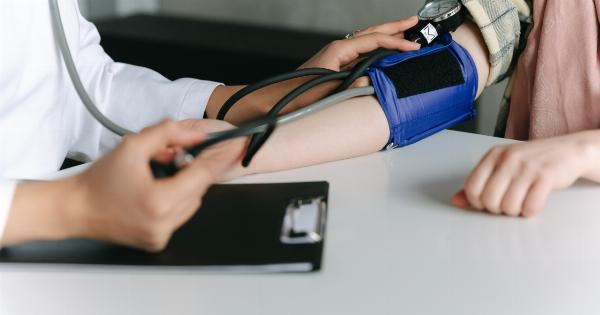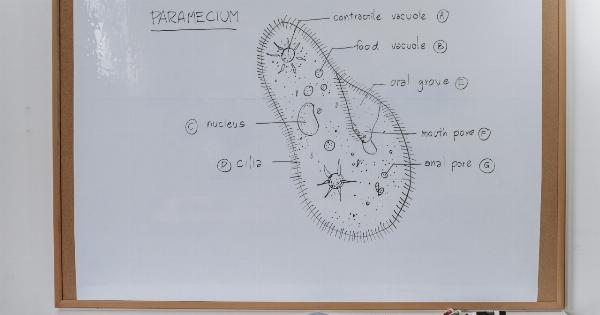Angina and Myocardial infarction (MI) are two cardiac conditions that may cause chest pain and discomfort. Chest pain is a common symptom of both, which makes it difficult for patients to distinguish between the two.
However, there are differences between angina and myocardial infarction that help in making the diagnosis for appropriate management of each condition.
What is Angina?
Angina is a type of chest pain caused by reduced blood flow to the heart muscle. It is usually associated with narrowing of the coronary arteries, the vessels that supply blood to the heart.
This reduction in blood flow is usually triggered by physical or emotional stress and is usually relieved by rest or medication.
Types of Angina
There are three types of angina:.
- Stable angina – the most common type of angina, triggered by physical activity and relieved by rest.
- Unstable angina – occurs at rest or minimal physical activity and is a warning sign of a heart attack.
- Variant angina – occurs at rest, usually during the night, and is caused by a spasm of the coronary artery.
What is Myocardial Infarction?
Myocardial infarction, also known as a heart attack, is a condition caused by a complete blockage of the coronary artery leading to death of a part of the heart muscle.
This blockage is usually due to the formation of a blood clot on a plaque in the artery, leading to a lack of blood flow to the heart muscle, resulting in damage or death of the muscle tissue.
Symptoms of Angina and Myocardial Infarction
The most common symptom of both angina and myocardial infarction is chest pain or discomfort. However, there are differences in the symptoms that help in distinguishing between the two.
Angina is usually described as:.
- Pressure, squeezing, or burning sensation in the chest.
- Pain that usually lasts for a few minutes and disappears with rest or medication.
- May also cause discomfort in the arms, neck, jaw, shoulder, or back.
- May also cause shortness of breath, sweating, nausea, or dizziness.
On the other hand, myocardial infarction is usually described as:.
- Persistent, severe chest pain or pressure that may last for more than a few minutes.
- Pain that is not relieved by rest or medication.
- Pain that may radiate to the left arm, jaw, or back.
- May also cause shortness of breath, sweating, nausea, or dizziness.
- May also cause loss of consciousness, confusion, or palpitations.
Diagnosis and Treatment
Both angina and myocardial infarction are diagnosed based on the patient’s symptoms, medical history, and physical examination.
However, there are additional tests that help in confirming the diagnosis and establishing the severity of the condition.
The tests for angina include:.
- Electrocardiogram (ECG) – to measure the electrical activity of the heart and detect any abnormalities.
- Exercise stress test – to determine the effects of physical activity on the heart and blood flow.
- Echocardiogram – to visualize the heart and confirm the presence of any structural abnormalities or damage.
The tests for myocardial infarction include:.
- Electrocardiogram (ECG) – to detect any changes in the electrical activity of the heart due to damage or ischemia.
- Blood tests – to detect the presence of enzymes released by the damaged heart muscle.
- Imaging tests – such as echocardiography, angiography, or magnetic resonance imaging (MRI) to visualize the extent of damage to the heart.
Treatment for angina involves lifestyle modifications, such as quitting smoking, losing weight, and regular exercise, as well as medication to control blood pressure and cholesterol levels.
Severe cases may require surgery or angioplasty to open the blocked or narrowed coronary arteries.
Treatment for myocardial infarction involves restoring blood flow to the affected part of the heart as soon as possible to prevent further damage. This is usually done by medication to dissolve the blood clot or surgery to remove the blockage.
After the initial treatment, medication is prescribed to prevent further episodes and lifestyle modifications are recommended to prevent recurrence.
Conclusion
Angina and myocardial infarction are two cardiac conditions that may present with chest pain and discomfort.
While chest pain is a common symptom in both conditions, there are differences in the symptoms and diagnostic tests that help in making the diagnosis. Appropriate management of each condition requires a correct diagnosis to prevent complications and ensure the best outcome for the patient.

























